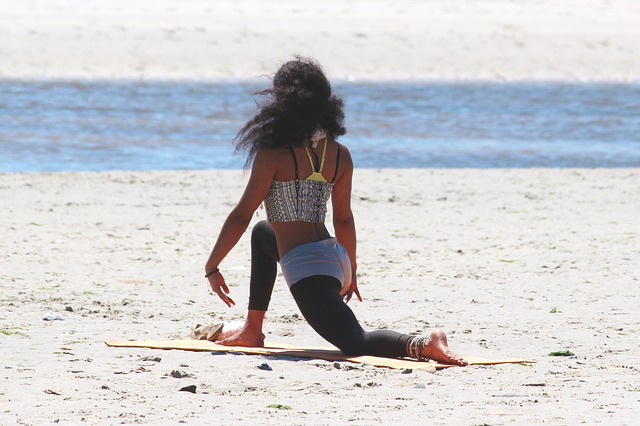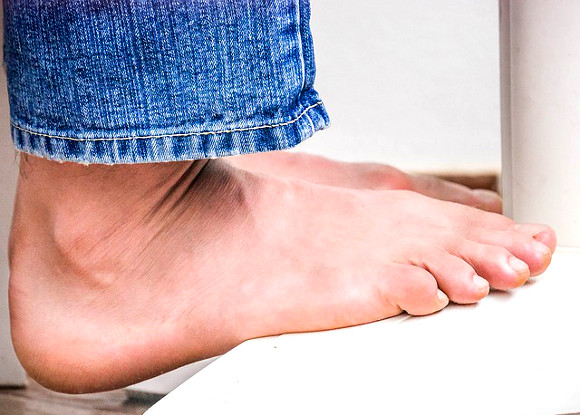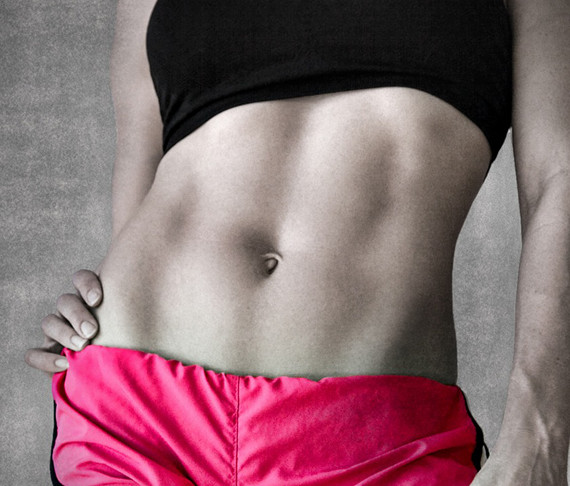What is Pilates?
Pilates is a fitness system developed by Joseph Pilates in the early 20s in Germany. It is a series of controlled movements that are performed or special devices or on the floor. The Pilates method focuses on improving flexibility, strength and awareness of your body, without gaining too much muscle mass.
During a Pilates session, you need to constantly concentrate deeply on your central muscles (abs, lower back, hips, buttocks and thighs), the contractions of the muscles, breathing and the quality (not quantity) of your movements.
The aim is to coordinate the mind, body and spirit, something that Joseph Pilates called ‘contrology’.

Principles of Pilates
The principles of Pilates don’t come directly from the creator of Pilates. They are created based on the work of Joseph Pilates, but also from the instructors who have inherited it. Therefore, supporters of Pilates disagree about which principles are most important, what words to describe how those principles work and the number of principles.
Yet the majority accepts, that there are six principles that should be followed when practicing Pilates.
Control
Pilates method, initially was called ‘contrology’. The first basic principle of Pilates is connected to the control of body movements. This principle should apply to all Pilates exercises that you do and the transition from one exercise to another. All exercises must be done to control the muscles without incongruous, uncontrolled movements.
Concentration
If your attention is focused on exercises you perform and do them with full devotion, you’ll get maximum results from every movement. It is necessary to establish a connection between your body and mind. The connection of mind with the movement helps to take your health to a higher level. Pilates demands intense focus.
Proper Breathing
Proper breathing is an important part of Pilates exercise. Don’t keep the air in you. It is easy to forget to fully inhale and exhale while you are focused on specific movements that you need to do. Maintain a relaxed, normal rhythm of breathing, because it gives you energy to perform pilates exercises correctly.
Accuracy
Every movement in Pilates has a purpose. Not doing and omitting certain details, affect the complete exercise. The goal is to make an accurate and precise exercise, rather than a hundred half-done ones. All Pilates exercises are well defined, so you know exactly how to set each part of your body.
Fluid movements
Unlike yoga, in which you often have to stand in one position for 1-2 minutes, in Pilates you rarely need to stay in one position. You shouldn’t stop the movement between the various exercises. You also have controlled ending with each exercise. Your movements should have continuity and you should move gently and gracefully.
Centering
The great group of muscles composed of muscles of the abdomen, lower back, hips, buttocks and thighs in Pilates are called the source or power plant (powerhouse). All energy for Pilates exercises comes from the center to the extremities of the body with coordinated movements. It is necessary to strengthen the center, the source or as the modern instructors call the core of the body.
Why to choose Pilates?
The practice of Pilates brings many benefits. Some of them are the following:
- It tones and strengthens the muscles without gaining unnecessary muscle mass;
- It raises your awareness of your body;
- Improves body posture;
- Strengthens the spine and makes it more flexible;
- Improves circulation;
- You will have less back pain;
- Improves body balance;
- You get more control over breathing;
- Reduces stress, tension and gives you energy;
- Teaches you how to coordinate the body, mind and spirit;
- Improves your appearance and boosts your confidence.



